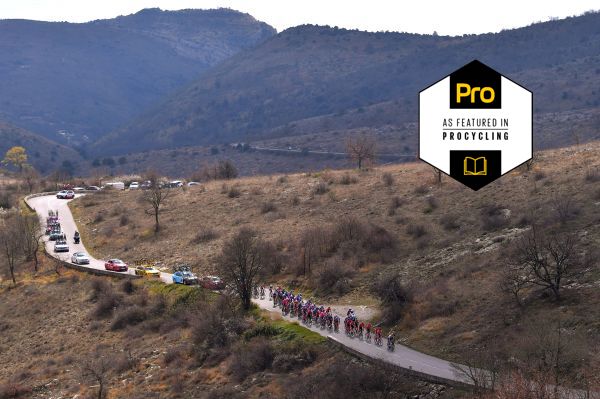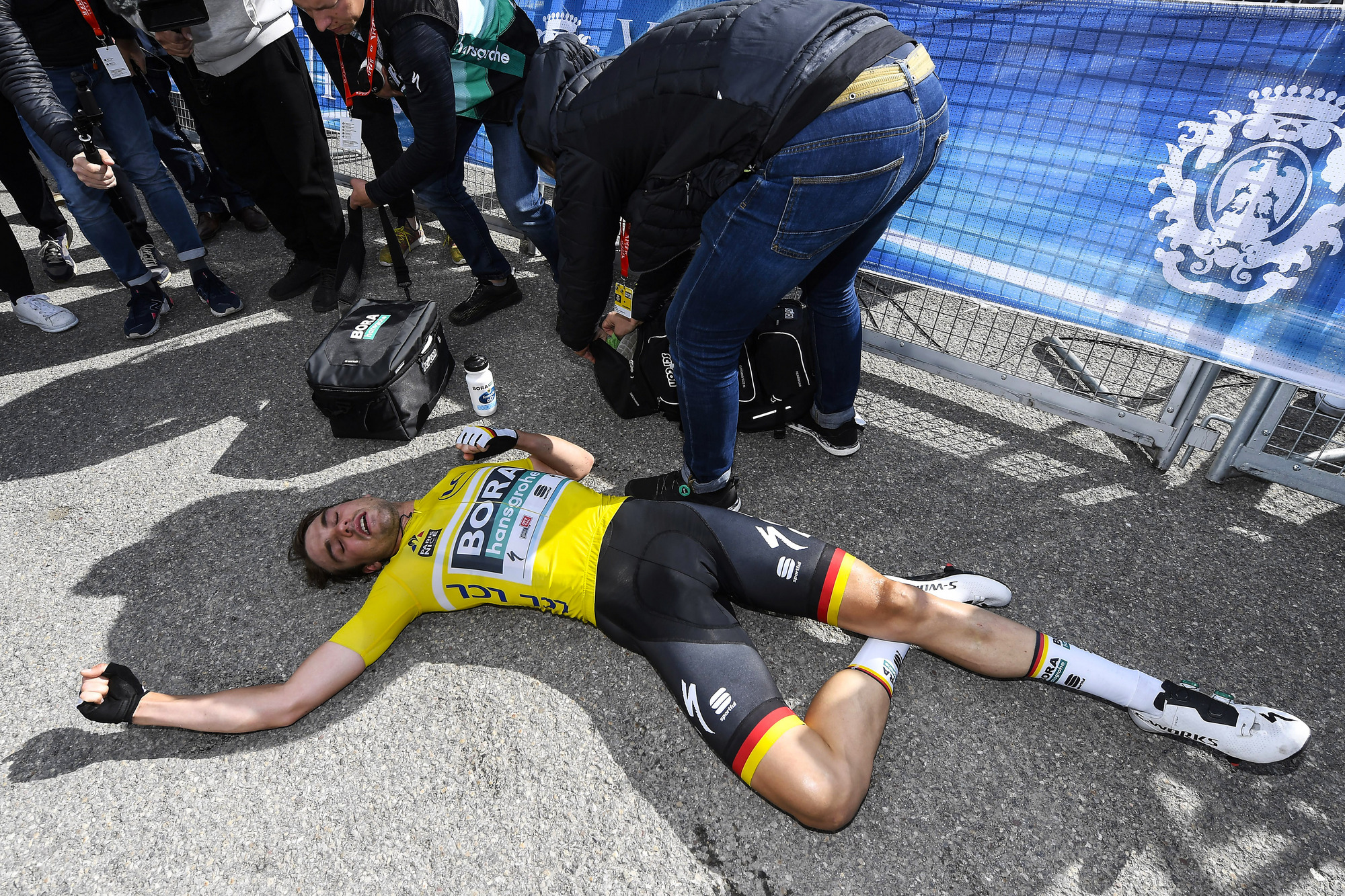Paris-Nice: more than a race
Procycling looks at the cultural, geographical and temporal history of the Race to the Sun

Paris-Nice is established as arguably the most prestigious stage race before the Giro d’Italia. Procycling looks at its history and why it occupies a unique place in the sport.
This article was taken from Procycling magazine issue 266, March 2020.
Subscribe to Procycling magazine here.
The journey from Paris to Nice is more than just a few hundred kilometres between two of France’s most important and individual cities. There is distance also between the urban city culture of France’s capital and the Mediterranean horizons of the Côte d’Azur. France is no different from many other countries – its inhabitants hold the stereotypes of the dynamic hardworking, over-serious north with the relaxed, fun, warm south. The landscapes are different – the windy plains of the north are a different world from the mountains and sea of the south. The weather is different – cool and temperate in the north, or freezing cold in winter; warm to hot in the south. And in between, almost all of France separates the two.
The Race to the Sun is one of the most venerable races in the WorldTour, dating back to 1933, and it is now part of Tour de France owners ASO’s portfolio of events, which gives it heft. However, it stood apart as an independent race, both in terms of its organisers and its unofficial mission statement, through all of the 20th century. ASO only acquired it in 2002.
It began as the ‘Six Jours de la Route” - the Six Days of the Road, created by Albert Lejeune, who was the owner of the Parisian Petit Journal. He partnered with a series of local newspapers based along the route between Paris and Nice – the Lyon Républicain, Marseille Matin, Le Var and Le Petit Niçois. The six-stage race would kick off from the Café Rozès, on the Place d’Italie in Paris, with a 312km opener to Dijon. Thence to Lyon and via the Rhône valley to Avignon, Marseille, Cannes and Nice. The race almost didn’t survive the Second World War – it was cancelled for the duration of hostilities and ran for a single edition in 1946 before disappearing. For his part, Lejeune didn’t survive the war – he was executed for collaboration.
The race was resurrected in 1951 under the impetus of the mayor of Nice with the name ‘Paris-Côte d’Azur’ and the journalist Jean Leuilliot was brought in as the organiser. Leuilliot would buy the race out in 1957 and it was under the auspices of his company Monde Six that the race grew into an institution. It cast itself as the indie underdog – a race with heart and soul, compared to the corporate behemoth of the Tour de France. The leader’s jersey, formerly a mix of azure and gold, then green for a year, then orange, settled on white in 1955 and thus it remained until ASO diluted it into white and yellow, and then yellow. After his retirement as a cyclist, Jacques Anquetil was brought in as race director, and Leuilliot’s two daughters, Josette and Jacqueline, took over from him until they sold the race to Laurent Fignon in 2000. Fignon, in turn, was forced to sell it to ASO after running into financial difficulties over the two editions he was at.
Get The Leadout Newsletter
The latest race content, interviews, features, reviews and expert buying guides, direct to your inbox!

The route of Paris-Nice can be divided into very defined phases. Notwithstanding the fashion through the 20th century of prologues and team time trials, there are a few flat stages through the north of the country. These are often tumultuous affairs, with crosswinds ripping the race to shreds. Then the race hits the Massif Central for an almost mountainous and often chilly middle phase. Finally it emerges via the Rhône Valley into the Côte d’Azur for a few days in the sunny hills behind the coast. In recent years, ASO have been changing the character of the challenge with more obvious focal points - flat time trials and high summit finishes. This has coincided with a period of domination by Team Ineos, who have won six out of eight editions since 2012.
But the challenge of Paris-Nice is that apart from the summit finishes, it tends to be a race which favours attackers and punchy classics specialists. Its most successful rider was Sean Kelly, who could never master the heat of the high mountains in the Tour de France but found the perfect terrain and conditions for his strengths at Paris-Nice and won seven times in a row during the 1980s. Its roll of winners is illustrious - Tour winners Louison Bobet, Anquetil and Eddy Merckx took at least one Paris-Nice each, as did Miguel Indurain and Alberto Contador. Interestingly, Bernard Hinault could never harness Paris-Nice to his will - though one of the most famous moments of his career, punching a striking worker who was blocking the road, came in this race, he could only manage a second and a third.
Paris-Nice is a bike race, but more importantly, it is a journey, and in common with very few of the most important races in the world, it has its own nickname. As with the Hell of the North, La Grande Boucle and La Primavera, everybody knows what the ‘Race to the Sun’ is. It’s a cultural, meteorological, temporal and physical journey, from one place to another, but also from cold to warmth, flat plains to mountains and city to sea. It’s more than a bike race.
Edward Pickering is Procycling magazine's editor.
Procycling magazine: the best writing and photography from inside the world’s toughest sport. Pick up your copy in all good newsagents and supermarkets now, or pick up a Procycling subscription.
Edward Pickering is Procycling magazine's editor. He graduated in French and Art History from Leeds University and spent three years teaching English in Japan before returning to do a postgraduate diploma in magazine journalism at Harlow College, Essex. He did a two-week internship at Cycling Weekly in late 2001 and didn't leave until 11 years later, by which time he was Cycle Sport magazine's deputy editor. After two years as a freelance writer, he joined Procycling as editor in 2015. He is the author of The Race Against Time, The Yellow Jersey Club and Ronde, and he spends his spare time running, playing the piano and playing taiko drums.